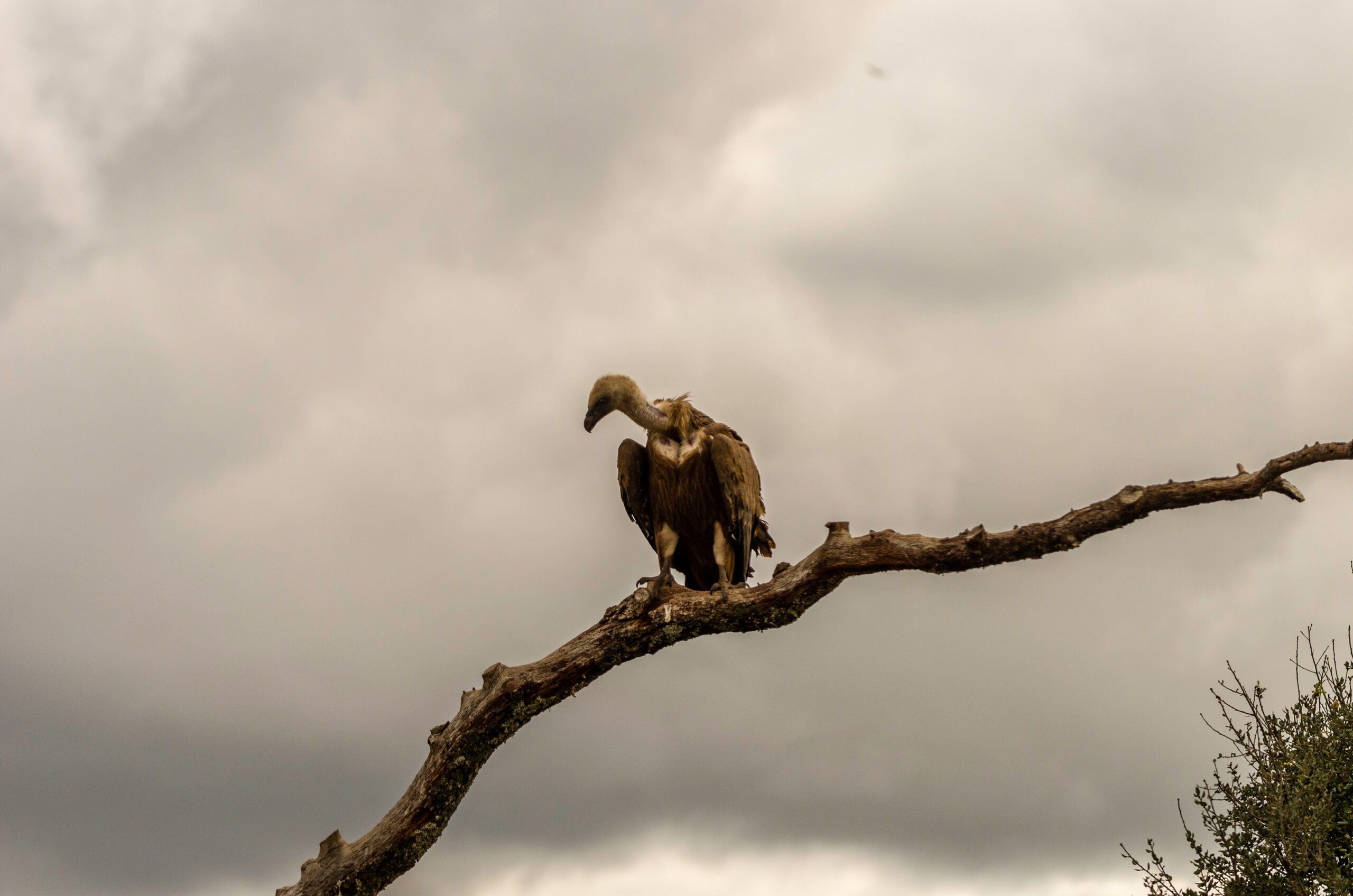
By Jeff Melchior
Today’s agriculture school is not your dad’s agriculture school. Although fundamental skills such as agronomy and equipment operation are still the bread-and-butter of most post-secondary agriculture programs, many colleges and universities today are integrating these key subjects with a new emphasis on a technology-driven, information-based approach to farm management.
However, future farm managers are not the only ones who stand to benefit from this approach. Many of today’s program leaders say they no longer expect a certain kind of student; rather, they hope to see students from a number of backgrounds – be it business, technology, humanities or primary production – recognize the abundance of opportunities for their talents in the agriculture space.
Here are some of the innovations being made today in Prairie post-secondary institutions.
Olds College’s Smart Farm
If you want to distil “smart farming” down to its essence, consider the following example. Imagine being able to diagnose a crop problem right there in the field. Thanks to having a Wi-Fi connection as robust as any you would find in a downtown metropolitan office, you are able to upload a photo of a plant to the Internet and receive a diagnosis – complete with solutions – within seconds. This is just one of many tech-related scenarios the farmers of tomorrow will need to become familiar with.
Bringing the farm of tomorrow to today’s students is the vision Olds College has for its newly-opened Smart Farm, a 110-acre plot of farmland that provides a space for students to learn about – and put into practice – new innovations in agriculture technology.
Smart farming is about optimizing economic and environmental goals by utilizing technology and other innovations, according to Stuart Cullum, president of Olds College. “It’s about focusing on both economic and environmental impact while increasing productivity and production of food globally,” he says.
“We feel we are leading in this space in Alberta and Western Canada. Olds College’s focus is to build programming to support that leadership position and enhance it. We’re installing a lot of the technology that is needed for the future of agriculture, whether it be monitors, weather stations, sensors and connectivity and automation capabilities, so next-generation tech can be brought onto that field and be tested, demonstrated and scaled.”
The Olds College Smart Farm is one part of an ongoing larger project called the Werklund Institute – a $32-million space dedicated to teaching and building ideas around smart farming. It is being made possible through a $16-million donation by oilfield industry leader David Werklund and his partner Susan Norman. It is the largest-ever personal donation to an Alberta college or technical institution. The physical space of the institute, dubbed the Werklund Growth Centre, will open later this fall.
University of Manitoba’s Diploma in Agriculture
Farming today is, more than ever, a multidisciplinary career requiring farm managers to have a 10,000-foot view of the world while possessing a level of expertise in the processes going on deep below the soil surface where whole ecosystems form the basis of plant life and growth.
That is what the University of Manitoba (U of M) had in mind while redesigning its flagship two-year diploma in agriculture program. Although the revamped program, which is being introduced this fall, still teaches the agronomy skills that have become its trademark, those technical skills have been integrated into a much broader approach to farm management.
“Agriculture is changing, technology is changing, climate is changing. Everything is changing so quickly we have to ensure in our programs that we’re preparing students to respond to changes we’re seeing in our sector,” says Michele Rogalsky, director of the U of M School of Agriculture.
“We’re reducing some of the technical content and increasing the focus on decision-making, critical thinking and assessing knowledge and its validity so students can make informed decisions. Our focus is primarily geared to training farm managers who need knowledge and skills and are making decisions regarding production and business.”
One new course titled: Precision Agriculture – Technological Tools for Decision Making, will focus on modern precision farming tools and how to use the data they produce to help managers make informed decisions. Integrated Sustainable Agri-Food Systems is another new addition which traces food production and processing from the farm field or barn all the way to how food impacts the health of consumers.
The new approach has proven popular so far, with the School of Agriculture filling its 85-student quota this year and 20 hopefuls currently on the wait list. “Response has been really positive from the students and has also been really positive from our industry stakeholders,” says Rogalsky.
University of Saskatchewan’s Livestock and Forage Centre of Excellence
“It is going to be a facility that will literally touch the world. You can just reach out and touch how it’s going to make a difference,” says Mary Buhr, dean of the College of Agriculture and Bioresources at the University of Saskatchewan (U of S). She’s talking about the new Livestock and Forage Centre of Excellence (LFCE), a unique complex of science and field laboratories that models the complete livestock production cycle from genetic choices to the consumer experience. The U of S and its industry and government partners hope it will become a world-class hub for research in cow-calf production, intensive livestock production and forage, grazing and pasture management.
The LFCE’s field laboratory is comprised of four sections (so far) that will be home to three sites, one of each dedicated to intensive livestock, cow-calf and native wildlife research. “The intensive livestock site is complete. The animals are in there and its grand opening [was] in October,” says Buhr.
“Phase one of the cow-calf facility phase is also complete. We [had a] large portion of our cow herd come this fall and the rest are coming in the spring. We haven’t completed phase one of the native wildlife site yet. We have to raise some more money to finish that, although our existing native livestock and equine centre is there but it’s very old and needs to be completely refurbished.
“The important thing is we are functional in all aspects.”
A wide range of stakeholders – including primary producers, researchers, veterinarians, forage agronomists, environmental advocates, producer groups, health and wellness experts, and both federal and provincial levels of government – have played a role in the LFCE’s development.
“We literally have everybody at the table,” says Buhr. “I’m not saying it’s been easy; everybody has a different focus that they want to see the centre serve. But everybody sees the amazing capacity that will be there if we can pull all these pieces together. That vision has kept everybody at the table and working together.”
Saskatchewan Polytechnic’s Agriculture and Food Production Program
It’s hard to get a start in farming today. The high cost of land, machinery, storage and inputs can be overwhelming to young people hoping to get a start in primary production. Combine that with the growing urbanization of society and ag educators are often left scratching their heads wondering where the next generation of students is going to come from.
For Saskatoon-based Saskatchewan Polytechnic’s new two-year agriculture and food production diploma program, set to launch in fall 2019, the answer is “everywhere.”
Opportunities in the broader agriculture industry exist for students with a wide range of experience, says Jamie Hilts, dean of the School of Natural Resources and Built Environment and the School of Mining, Energy and Manufacturing at Saskatchewan Polytechnic. With its mix of theoretical and applied education, the agriculture and food program has been designed to capture the interest of a broad range of students.
“Potential students might have a business background, a trades background or maybe they’ve been working in the humanities,” he says. “What we’re really looking for is a student who has an interest in working within the agriculture and food industry to see the kind of impact they can have.”
Whatever students’ backgrounds may be, they’ll all get a chance to drive a tractor. Ag in Motion, an annual outdoor farm expo held every year in Langham, Sask., has agreed to let its site be used as an equipment training ground for students. “Our students will be able to actually get out and operate equipment, understand how it works and be able to work on equipment in a safe fashion,” says Hilts.
“We think this lends itself to a better understanding of the farming operation and allows for some credibility for the students when they go to work for a larger farmer, a consulting company, a farm equipment company or a farm materials supply company. It’s a little bit of extra opportunity for credibility.”










